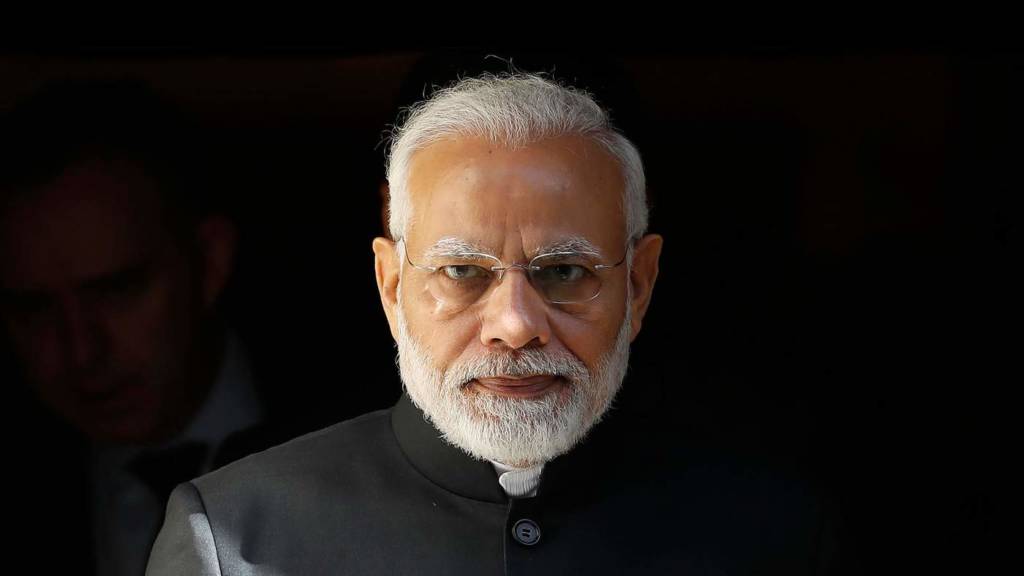India is the third-largest economy in terms of Purchasing Power Parity (PPP) and the fifth-largest economy in terms of market prices. However, the huge consumer base (read population) of the country has been rarely used as a strategic weapon against the countries that do not toe India’s line.
Other countries which have large consumer power or are large suppliers– like the United States and China– have regularly used their economy as a weapon against hostile nations. On the other hand, India always abided by multilateral trade norms and has never used its purchasing power capacity as a contrivance of foreign policy.
But, in the last few years, with the collapse of multilateral trade norms and aggressive foreign policy, India has started acknowledging the purchasing power of its huge population (second largest after China) as a tool of foreign policy. Malaysia was the first country on which India experimented with this technique; now it has successfully started using it on its arch-rival, China.
In India, policymakers have for long talked about population explosion being the major problem in the socio-economic development of the country. The huge population of the country has never been seen as a resource and as a tool to become a global superpower.
However, if we read Indian history thoroughly, the population has always been the most powerful weapon of Indian against its rivals and competitors.
Since the advent of human civilization, Indian subcontinent comprised of almost a quarter of the global population—that is 25-30 per cent of global GDP. India’s per-capita income is almost equal to that of the Western civilizations like Roman and Greece. But given the fact, its population had always been higher than those civilizations. India has always been a more powerful economy than West or China.
Aware of this historical context, the policymakers in the Modi government–Principal Economic Advisor Sanjeev Sanyal, Economic Advisory Committee chairman Bibek Debroy– both of them well-versed in not only Economics but history as well– are advising the government to bring foreign policy and economy together instead of operating them in silos. And the result of this is that the Modi government has been able to bring China on its knees by throwing the Chinese companies out sector by sector.
India used to be one of the largest importers of Chinese goods till the last fiscal year. The billion-plus population, which consumes goods and services worth trillions of dollars every year, was a big source of revenue for the Chinese companies.
India imported goods and services worth 65.26 billion dollars from China in FY 20 while the total trade volume stood at 81.6 billion dollars, registering a trade deficit of 48.66 billion dollars. This was even though the Modi government increased custom on many Chinese goods like steel, toys, scooters, and tricycles.
However, after the spread of Coronavirus disease, a boycott Chinese goods movement erupted across the world including India. In India, the boycott movement accelerated due to a deadly border clash in which Indian soldiers were killed. Since then, the Modi government has used the resentment against China and the change in global supply chains to purge Chinese companies in one sector after another and attract foreign companies leaving to set-up manufacturing facilities in India.
The huge population of the country, which was seen as a burden by short-sighted policymakers, has been turned into a strength by the Modi government. The imports from China have gone down dramatically while exports have risen in the first six months of this calendar year. Moreover, many international companies like Apple, Samsung, and LG– which have manufacturing facilities in China– are now exploring to shift their manufacturing bases to India or Southeast Asian countries.
As per the data from the Chinese government’s customs department, the imports from China have fallen sharply by 24.7 per cent while the exports have gone up by 6.7 per cent in January alone. The total business with China this year stood at 43.47 billion dollars with a drop of 18.6 per cent. The government initiatives to kick China out of Indian supply chains are now showing results on ground zero as the government’s nudge is in alignment with people’s anti-China sentiments.
The Chinese companies, which are already suffering from poor balance sheets due to the Coronavirus crisis, have been given at least 40 billion dollars jolt by India, thanks to the “boycott Chinese goods moment” in India. The billion-plus consumers who consume goods worth trillions of dollars are now being weaponized by the Indian government to bring hostile nations like Malaysia, China, and even the Arab world to the table.
The Arab world, which used to opine frequently on the Kashmir issue, has not said a word against India after the abrogation of Article 370, and instead, slammed Pakistan for bringing the issue repeatedly in the OIC forum. This is because India threatened to stop importing oil from Arab countries if they say anything against India, not due to some new found love towards the Indian people. The huge population of the country is now the strength of foreign policy and not a weakness as it used to be; thanks to the smart tactical use of population by the Modi government.
